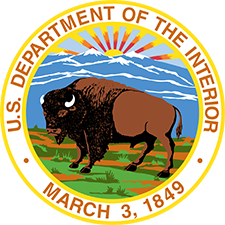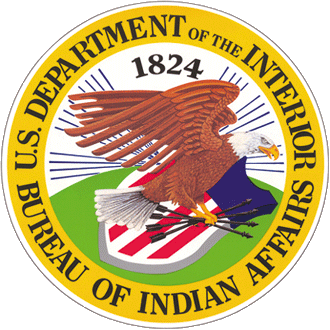Answer
Are American Indians and Alaska Natives wards of the Federal Government?
No. The Federal Government is a trustee of Indian property, not a guardian of all American Indians and Alaska Natives. Although the Secretary of the Interior is authorized by law to protect, where necessary, the interests of minors and adult persons deemed incompetent to handle their affairs, this protection does not confer a guardian-ward relationship.


